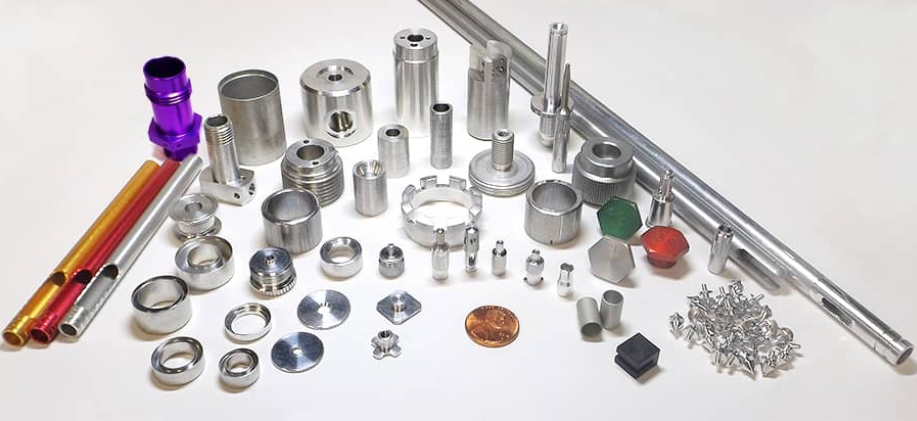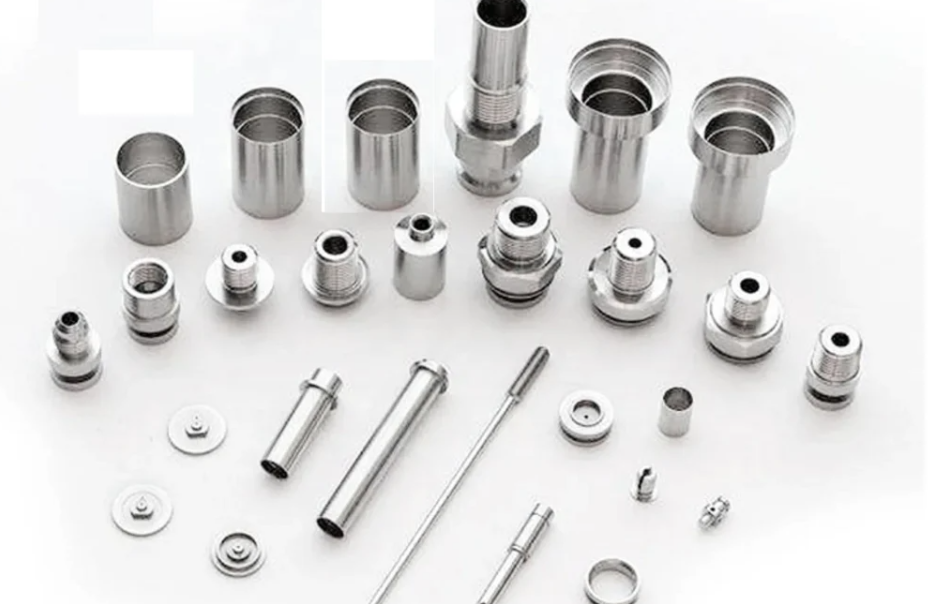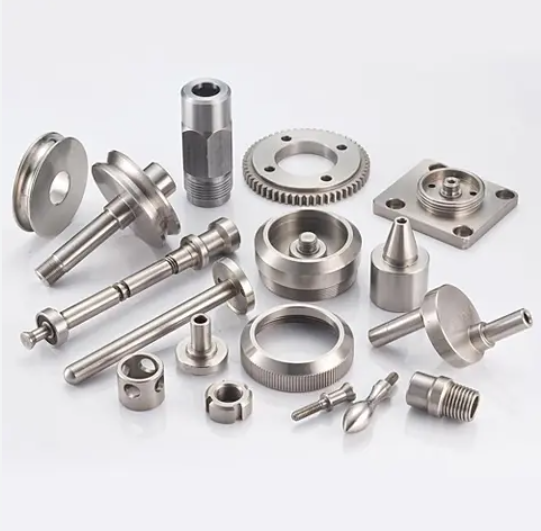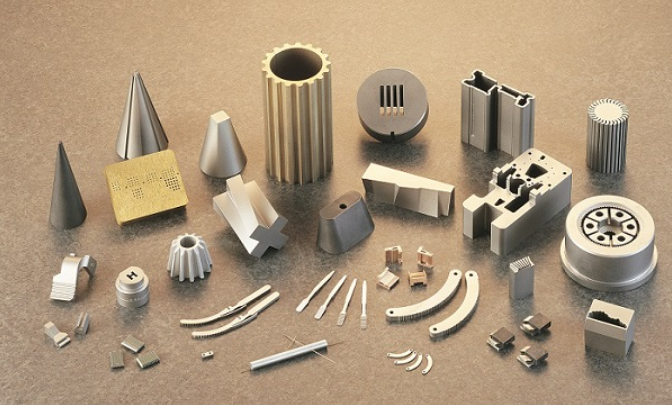The production of custom CNC parts involves a highly precise and adaptable manufacturing process capable of creating complex geometries from various materials. CNC machining centers utilize computer-controlled cutting tools to remove material from a workpiece, following digital blueprints with tolerances as tight as ±0.005 mm. This subtractive manufacturing method is particularly valuable for low-to-medium volume production runs where traditional tooling would be cost-prohibitive. The process begins with CAD model conversion into machine-readable G-code through CAM software, which calculates optimal toolpaths while considering material properties, cutting forces, and desired surface finishes.
 Material selection plays a critical role in custom part manufacturing, with common choices including aluminum alloys (6061, 7075), stainless steels (303, 304, 316), titanium grades (2, 5), brass, copper, and engineering plastics (Delrin, PEEK, Ultem). Each material requires specific tooling strategies – aluminum typically uses 2-3 flute carbide end mills at high spindle speeds (10,000-20,000 RPM), while stainless steel demands slower speeds (500-2,000 RPM) with specialized tool coatings like TiAlN. The machining environment must be carefully controlled; ferrous metals often require coolant flood systems to manage heat, whereas plastics may need compressed air cooling to prevent material deformation.
Material selection plays a critical role in custom part manufacturing, with common choices including aluminum alloys (6061, 7075), stainless steels (303, 304, 316), titanium grades (2, 5), brass, copper, and engineering plastics (Delrin, PEEK, Ultem). Each material requires specific tooling strategies – aluminum typically uses 2-3 flute carbide end mills at high spindle speeds (10,000-20,000 RPM), while stainless steel demands slower speeds (500-2,000 RPM) with specialized tool coatings like TiAlN. The machining environment must be carefully controlled; ferrous metals often require coolant flood systems to manage heat, whereas plastics may need compressed air cooling to prevent material deformation.
Advanced CNC equipment enables the production of parts with intricate features including undercuts, thin walls (down to 0.5mm), deep cavities (aspect ratios up to 10:1), and micro-details. Multi-axis machining centers (4-axis and 5-axis) significantly expand design possibilities by allowing simultaneous cutting from multiple angles without repositioning the workpiece. This capability is particularly valuable for aerospace components, medical implants, and automotive parts that require complex contours. Live tooling on CNC lathes further enhances versatility by enabling milling operations during turning processes, reducing setups for turned-milled components like hydraulic fittings and drive shafts.
Surface finish requirements dictate post-processing operations such as manual polishing (achieving Ra 0.2-0.4 μm), bead blasting (creating uniform matte textures), anodizing (for aluminum corrosion resistance), or plating (for electrical conductivity). Dimensional verification utilizes coordinate measuring machines (CMMs) with touch probes capable of micron-level accuracy, while optical comparators verify complex profiles. For mission-critical components, non-destructive testing methods like X-ray inspection or ultrasonic testing may be employed to detect internal flaws.
The economics of custom CNC parts involve balancing several factors: material costs (titanium being 5-10x more expensive than aluminum), machine time (complex parts requiring 10+ hours of machining), secondary operations (heat treatment, surface finishing), and quality control measures. Digital manufacturing technologies like in-process probing and adaptive machining help optimize these variables by reducing scrap rates and minimizing manual intervention. Just-in-time production is facilitated through networked CNC systems that receive updated designs directly from client PLM software, enabling rapid design iterations and fast turnaround times (often 1-2 weeks for prototype quantities).
Industry-specific applications demonstrate the breadth of custom CNC part utilization. Medical device manufacturers rely on CNC machining for surgical instruments with sterile-compatible surfaces (Ra < 0.8 μm), while the energy sector uses corrosion-resistant components for subsea equipment. The electronics industry benefits from CNC-milled aluminum heat sinks with optimized fin geometries, and automotive racing teams utilize lightweight titanium fasteners with strength-to-weight ratios impossible to achieve through conventional manufacturing. Emerging fields like quantum computing increasingly depend on ultra-precision machined parts with sub-micron tolerances for component alignment.
Future advancements in custom CNC part production include wider adoption of machine learning algorithms that predict optimal cutting parameters based on material microstructure analysis, as well as the integration of in-situ metrology systems that measure part dimensions during machining. Hybrid manufacturing systems combining additive and subtractive processes are expanding design possibilities, allowing internal cooling channels and lattice structures to be incorporated into traditionally machined components. These technological developments continue to push the boundaries of what’s achievable in precision custom manufacturing while improving cost-efficiency for specialized part production.







